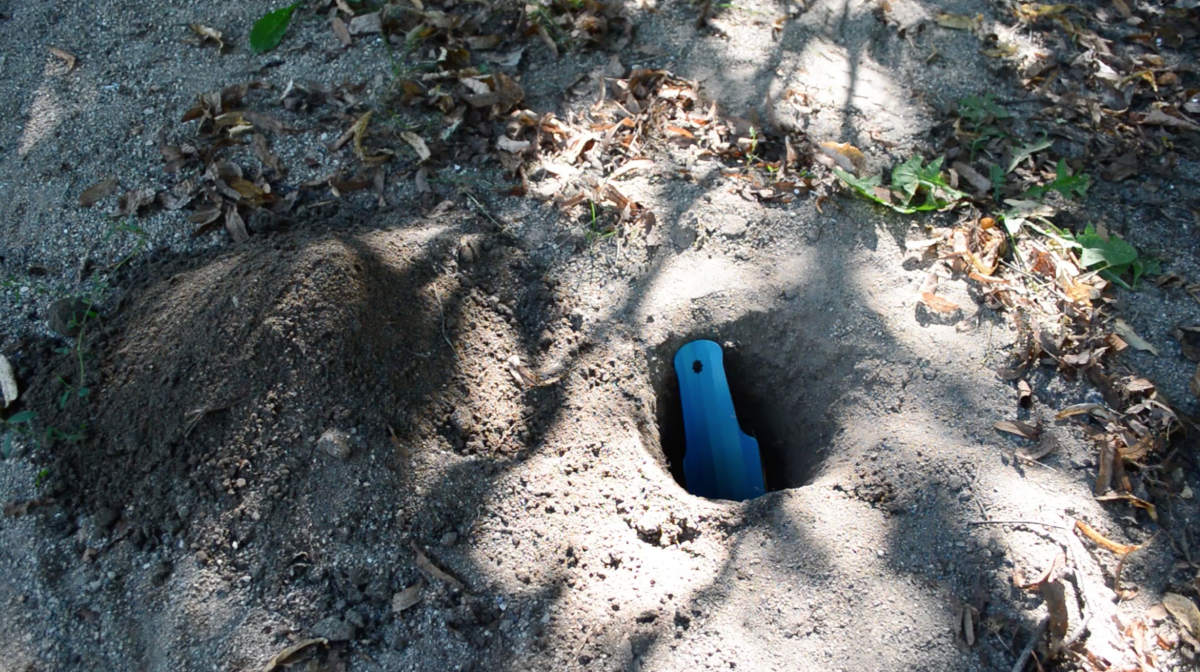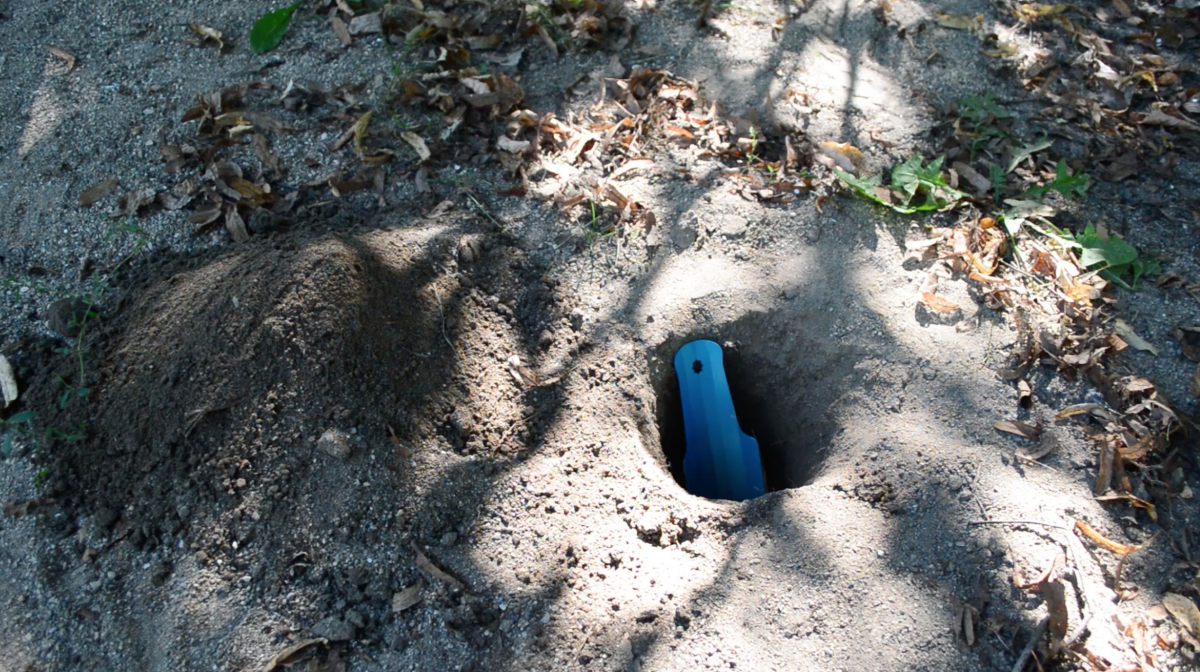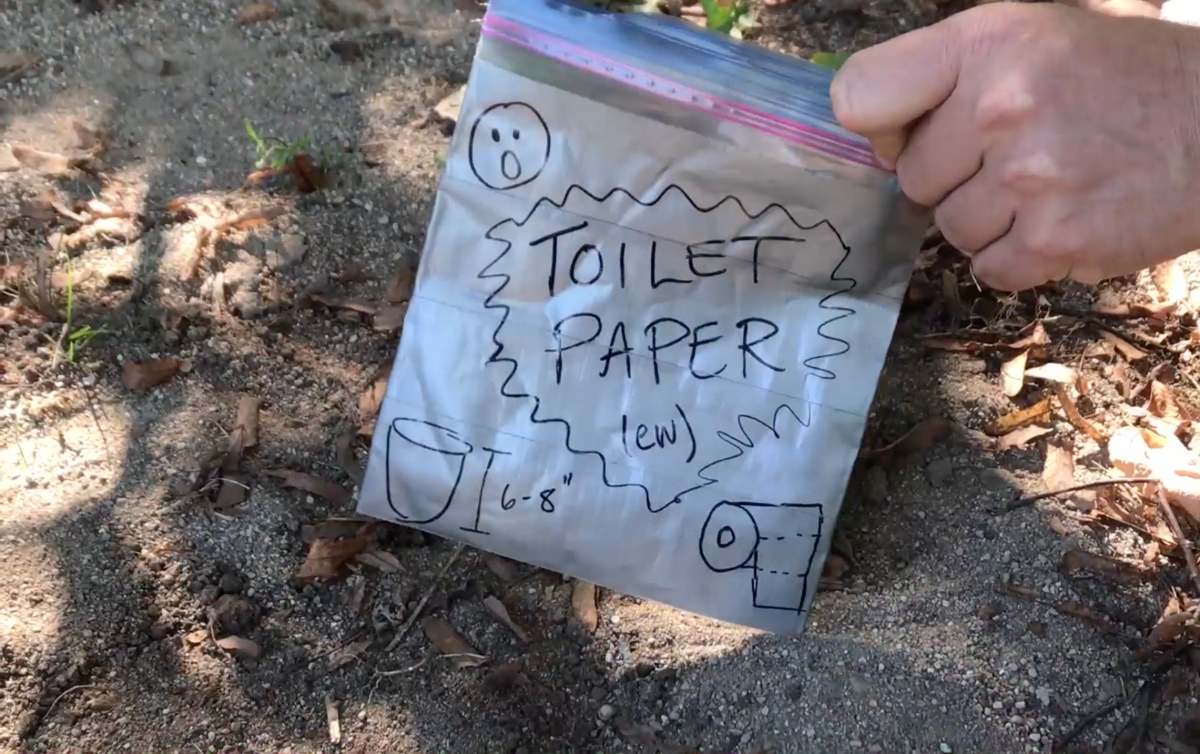News & Updates
Having The (Pooping in the Woods) Talk with Your Kids


Indianapolis, IN: As children get older, they seek out ways to assert their independence: taking responsibility for different parts of their lives, consulting friends rather than parents for advice, and, sometimes, taking the easy way instead of the right way out of situations. For outdoors-loving families, one of the ways kids assert themselves – and at a young age – is taking care of bathroom requirements on their own. While it's easy to do with the toilets they're used to, on trails and trips where there are no toilets, it can be much easier to form bad habits, especially when it comes to poop.
It's important to instill the backcountry pooping basics in your kids to set them up for a lifetime of success when it comes to Disposing of Waste Properly and Being Considerate of Other Visitors. Here are some tips for having that talk before you head out on a trip:
What is 200 Feet?
To make sure we don't pollute water, camps, or trails, we always want to walk 200 feet away before we start to dig our cathole. It can often be hard to judge, however, exactly how far that is. While adults can use the estimate of 70 large steps, kids have shorter strides, and it can be tough to tell for them. Turn finding out their number of steps into a game: go to a green space or sidewalk and ask them to guess how far 200 feet is by walking away from a specific starting point. Then, count out your 70 big steps, and have them join you. Walk back to the starting point together, having them count the number of normal steps that is for them. Encourage them to go that far from water, camps, or trails before digging their cathole, and set a good example by walking far enough yourself when you're outside.

How Deep Should I Dig?
Just lifting a rock and putting it back on top of your poop won't do – when you don't have a toilet, you've got to dig a cathole. But what should it look like? How deep should I dig? How wide? Depth is the most important aspect of a cathole, as they should be 6-8 inches deep. Most trowels, like the Deuce of Spades, are designed to be approximately that long – so if your shovel fits in the hole, you've gone deep enough. In terms of width, 4-6 inches usually does the trick.
If you've got a space for it, have them practice digging a cathole, and covering it up so they've left no trace of ever digging. Remind kids that the trowel should never touch their poop – it's only for digging the hole and for covering their poop with dirt.

How Do I Handle Toilet Paper?
While you could use implements like a backcountry bidet or natural materials to clean up afterwards, generally people are most comfortable with using toilet paper. But what to do with it afterwards? We highly recommend planning ahead of time to carry out your toilet paper by creating a ziploc specifically meant for the purpose, as pictured here.
Turn it into a craft day – have your kids decorate their ziploc with colorful tape, sharpies, or markers, and talk to them about why it's best to carry your toilet paper out. Animals will sometimes dig up toilet paper they find, and toilet paper blooms aren't what anyone wants to see on their outdoor trip. We want to keep the outdoors as sanitary as possible, and we can do that by packing out our toilet paper. Be sure to put hand sanitizer in your kids' toilet kits, to keep them sanitary as well.
While it can be an awkward conversation, talking with your kids about pooping in the woods before they ever actually have to face the prospect makes it so that they’re in the know when they gotta go. Passing along these good Leave No Trace habits will help them be more independent and reduce their impact in their favorite outdoor spaces
We hope you enjoy your family trips, and Enjoy Your World!
–Amanda and Junaid, Team East Central
Leave No Trace's Amanda Jameson and Junaid Dawud are part of the 2017 Subaru/Leave No Trace Traveling Trainer Program that provides free, mobile education to communities across the country. Proud partners of this program include Subaru of America, REI, Eagles Nest Outfitters, Deuter, Thule, Klean Kanteen, and Smartwool.
Let’s protect and enjoy our natural world together
Get the latest in Leave No Trace eNews in your inbox so you can stay informed and involved.
